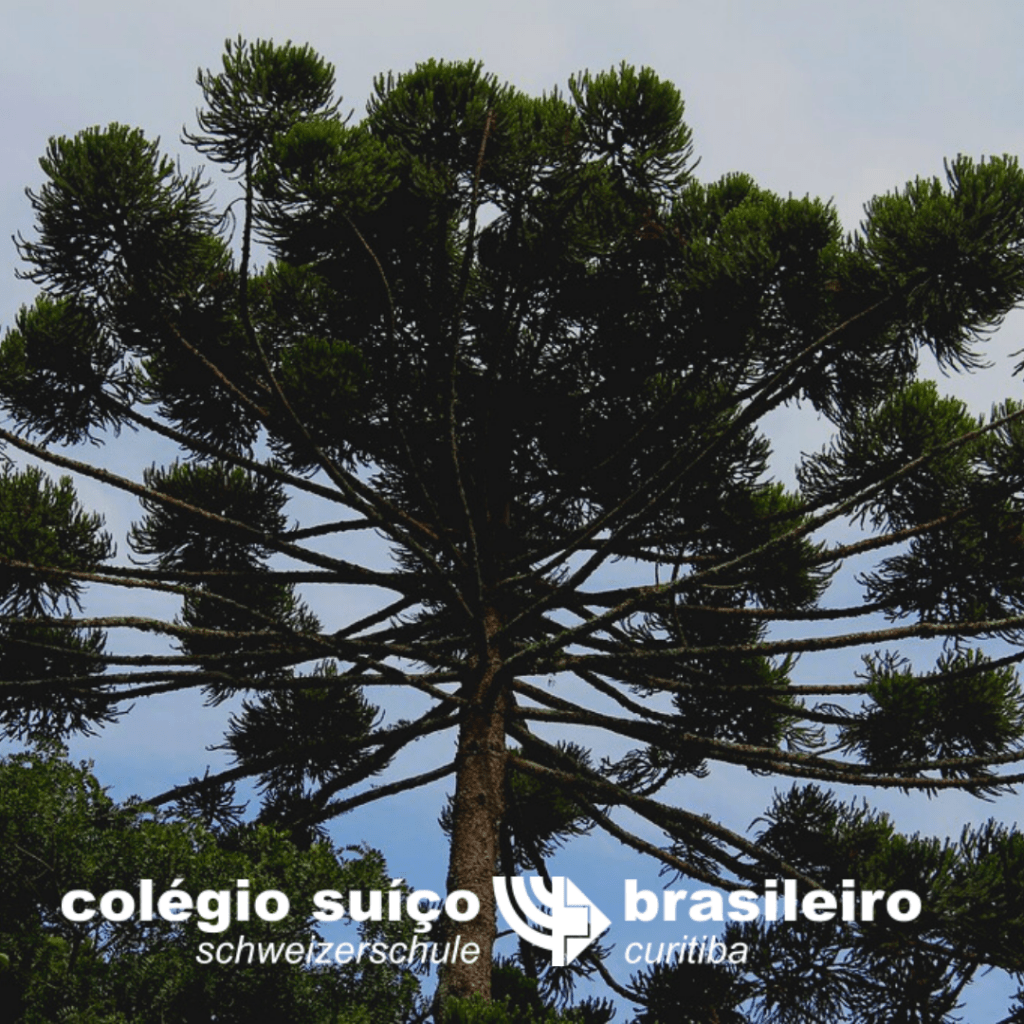Article
When stories intertwine: The city of Pinhais and the Swiss-Brazilian School
Pinhais was elevated to the category of municipality on March 20, 1992. This is a festive date this March in the Pinhai calendar. In 1991, a plebiscite was held in which 87% of the votes of the district population (20,456), were favorable to emancipation. Thus, the president of the Legislative Assembly, Aníal Khury approved the […]

Pinhais was elevated to the category of municipality on March 20, 1992.
This is a festive date this March in the Pinhai calendar.
In 1991, a plebiscite was held in which 87% of the votes of the district population (20,456), were favorable to emancipation. Thus, the president of the Legislative Assembly, Aníal Khury approved the creation of the municipality of Pinhais. When the new city was moving towards the firmer first steps, with promising status, the international nonprofit school: Schweizerschule was welcomed with open arms.
In 1992, the college was built. On March 8, 1993, a new academic year began for 216 students, in a new building with its own headquarters, installed on a 13,000m² plot, on Rua Wanda dos Santos Mallmann, nº 537, in the new and for some unknown city of Pinhais.
Early childhood education started in 1995 and in 1996 it started to be recognized as a bilingual school. The college started to contribute along with Pinhais in the formation of polyglot citizens for the city that was growing in an orderly and consistent manner. Before coming to Pinhais, the college was founded in Curitiba on June 10, 1979, where the Swiss-Brazilian School Association of Curitiba was founded.
Pinhais also belonged to the city of Piraquara and in 1964 it became a district of this other city. The neighborhoods started to be subdivided and gradually the need for separation started to become evident.
As in Swiss culture, democracy and popular participation are elements that characterize this nation. Particularly in Pinhais, social movements were also the basis that enabled the construction of this new public space. Pinhais, organized a team for the Pinhais Identity Project that registered the associations of residents, retrieving documents, memories, photos and setting up their own history. These records were described by Michael Pollak in a 1992 article, Memories and Social Identity, published in Rio de Janeiro’s quarterly journal: Historical Studies.
The team that lead all the historical research of Pinhais, also registered this project – integrating the social, cultural, business and tourism areas of identity and giving rise to the book Identidade Pinhais in November 2010. The school feels part of this story, reinforcing the educational identity not addressed in the book project, but aware that the formation of citizens who have values, principles, who develop competencies and skills to act consciously and effectively in society, especially in this city of Pinhais, we created this spotlight in the educational identity.
For the past 4 years, the Swiss School has also been present at the Municipal Education Council, being the representative of the city`s private schools.
These attributes and objectives are frequently reviewed and reinforced so that even more students can have the privilege of studying at this school.
Currently, the school has 710 students and the population of Pinhais was estimated at 132,157 inhabitants, according to IBGE data from 2019.
With these students, the City Hall has no expense. In contrast, the municipality assists and guides all processes so that the school remains legal in all matters.
They are partnerships, because the school attracts parents who want to invest in the city, buying houses, opening shops or even setting up industries. For the municipality, it is also important to have an international school that is successful in foreign certifications such as IB (International Baccalaureate), university entrance exams and national ENEM, as well as being officially recognized by the Swiss government.
The school`s presence impacts the city. A recent example: thanks to the school, the councilors voted on a law allowing the installation with all the rules set by the city hall, of an elevated walkway that creates a secure crossing for the students. Thus, the city of Pinhais has the city`s first footbridge.
Pinhais is a city that cares for nature, and 1/3 of its territory is for environmental protection. The school, in addition to having a small environmental reserve within the school grounds, also works with students on the concepts and practice of sustainability and zeal for what is public. Citing the springs endowment, every school adopts the zero plastic slogan and every school community brings its own reusable bottle or glass to drink the city`s clean water.
Pinhais also offers a partnership with the urbanism, education, health, culture, leisure, and sports sectors… so the city and the school are interconnected.
Each at its own pace, but with something in common: organic growth and aiming for an even more promising future.
Congratulations to Pinhais, who this March reaches the exquisite youthfulness of 28 years with great maturity and beauty.
May the Swiss School, which this year also turns 40 years old, be proud and contribute more and more to this city in full swing.